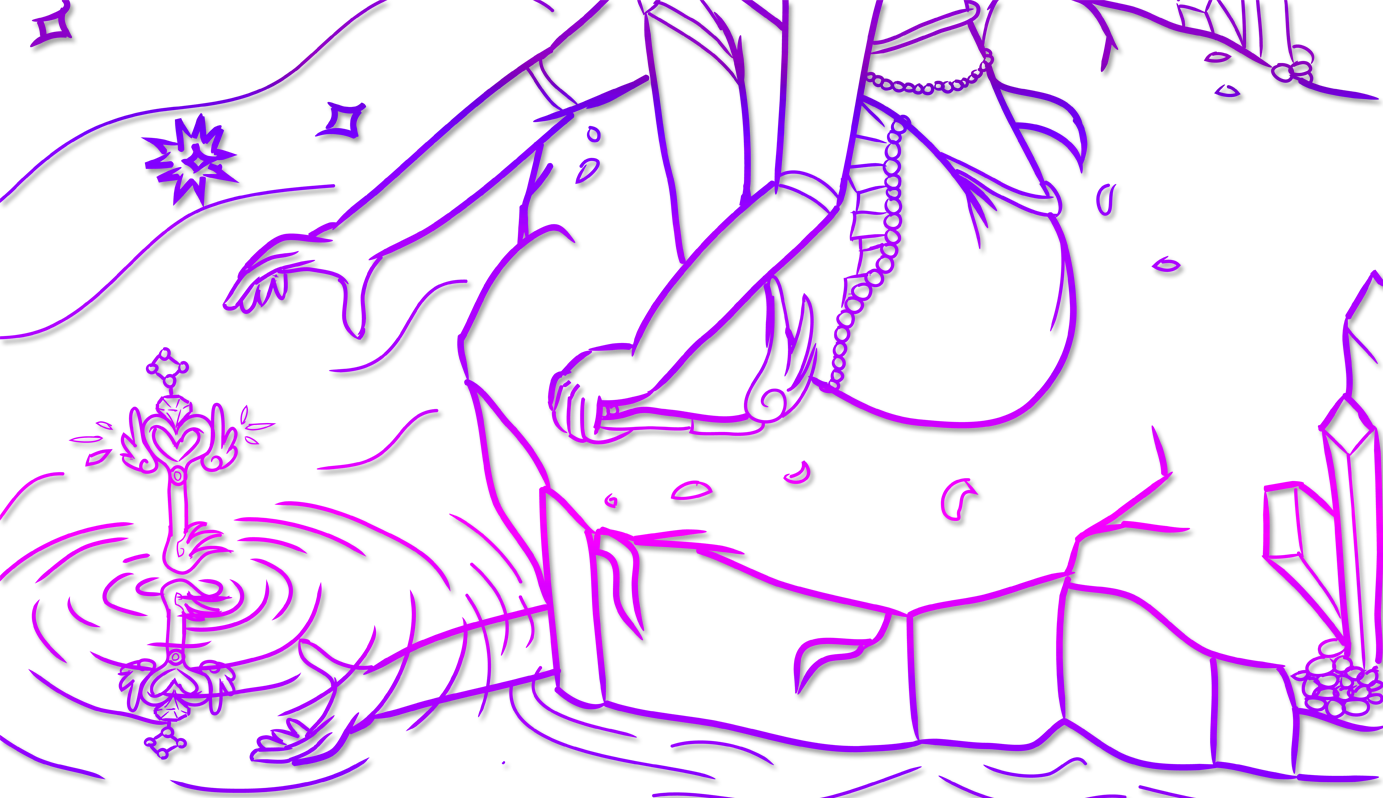Obviously, spoilers ahead if you have not completed the game Earthbound/Mother 2.
Proceed with Caution – You have been warned!
Hope
The fight against Giygas is of course, intriguing not only for the representation of Giygas’s form, but for how the battle itself is played out. Once the machine is turned off, absolutely nothing matters except ensuring Paula can continue to pray.
But why?
To me, one of the essences of beauty in this game is this detail to the fight. This is not a fight you win with swords, guns, magic, or smashing baseball bats. What would you smash in an abstract void without a face or a body – as we’ve discussed before? This is nothing but a thought, nothing but the purest, angriest seed of a thought manifested into a dark, sinking hole of destruction and desolation.
So how do you fight?
You pray. You reason. You hope that the darkness you’re feeling, you’re surrounded by, imprisoned in, you hope there is more beyond it. You hope that even if you cannot go on, there’s someone out there whom your life or another life with similar purpose has affected and who can go on to achieve the changes you hoped to see in the world. You hope the world outside of the blackness you’re stuck in is not as bleak, that there is light for someone somewhere, and that maybe, just maybe, you’ll be able to see it someday soon. If you can just make it through this…without giving up…with that hope that it will be okay…with that hope.
Hope.
Paula’s prayer isn’t an attempt at a religious statement in the game – at least, not in my eyes. It points at the much broader definition of prayer – people pray because they hope. They hope for the world to be better. They hope to see a change. They hope others will be okay. They hope their lives will turn around soon. Prayers are hope. And when surrounded by the purest form of desolation and destruction, what more is there to do but to hope that things will change?
I find this fitting with Giygas’s attacks stating “You cannot comprehend the true form” – it fits with all the other points of Giygas’s representation. Completely abstracted, so far removed from physicality. How do you comprehend an assault you can’t even see or describe? Giygas is an abstraction of negativity and desolation, assaulting in ways that cannot be described and crippling the protagonists in ways they can feel but cannot understand. How do you fight a negative abstraction of loneliness and pain? With one of togetherness and prosperity. With hope.
And really, the final pin in this concept of Giygas’s form is Paula’s final prayer. Where the player hears her prayer, and prays with all their heart for the heroes to win. Few games remind the player of their role, and yet the entire battle with Giygas becomes a potent cocktail of psychological interaction with the user at several indescribable levels. We all hope we can win a level, hope we can beat a game – and when hope is all that’s standing between you and black abstraction on your screen, surely you’re hoping that mashing that prayer button works. The game reminds you of that, and reminds you how large of a role you played because you facilitated the story. You brought the characters on the screen this far. You chose their actions. They might be the “heroes” but it boils down to you.
The reality of Giygas’s design is that it’s not a boss meant for Ness and his friends to fight. It’s a boss meant for you.
“Paula’s final cry touches the heart of the Player, who prays for the children, having never met them before.” – Paula’s Prayers, Earthbound
EarthBound copyright Shigesato Itoi, Nintendo, HAL Laboratory and Ape Inc.



